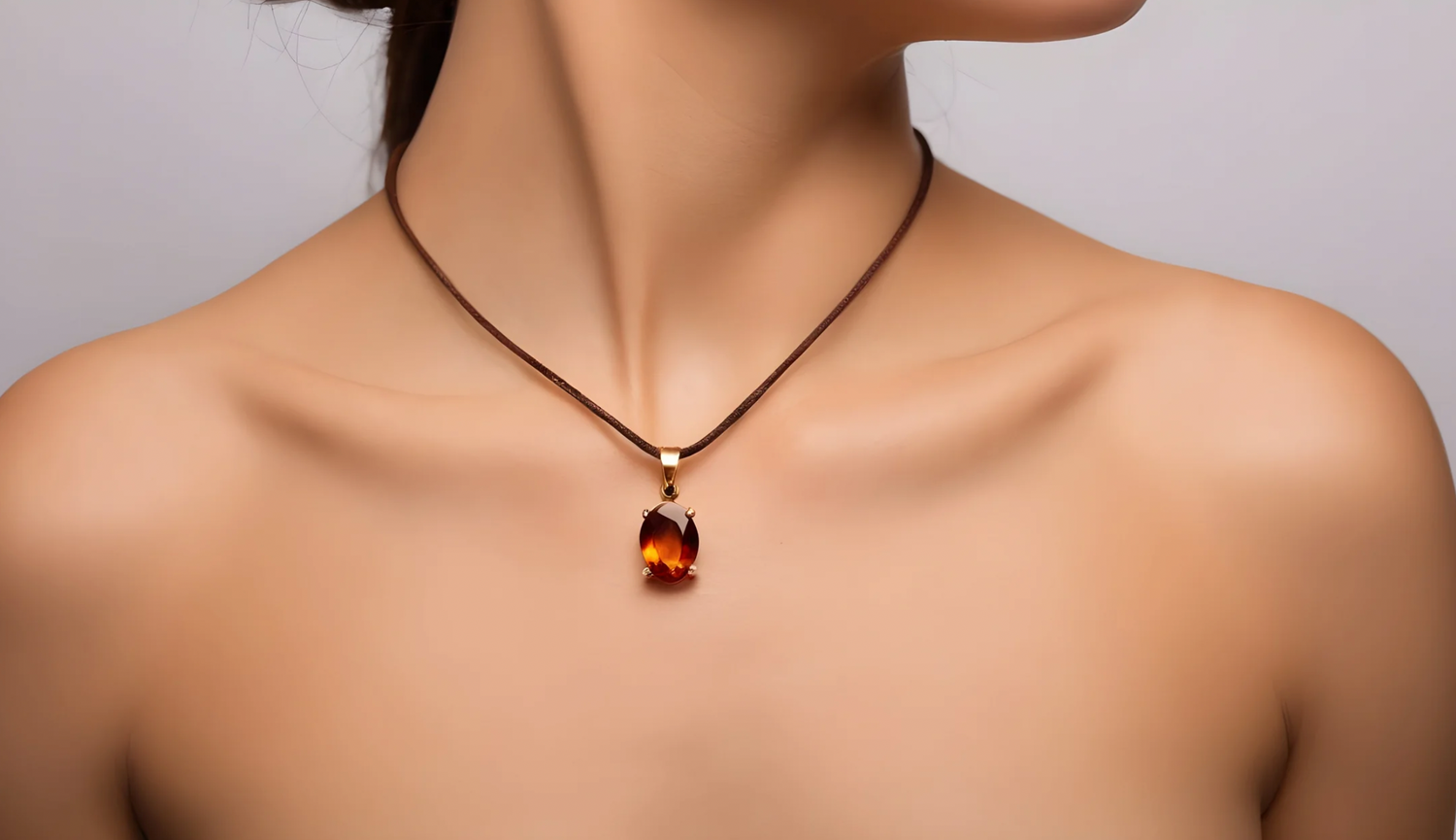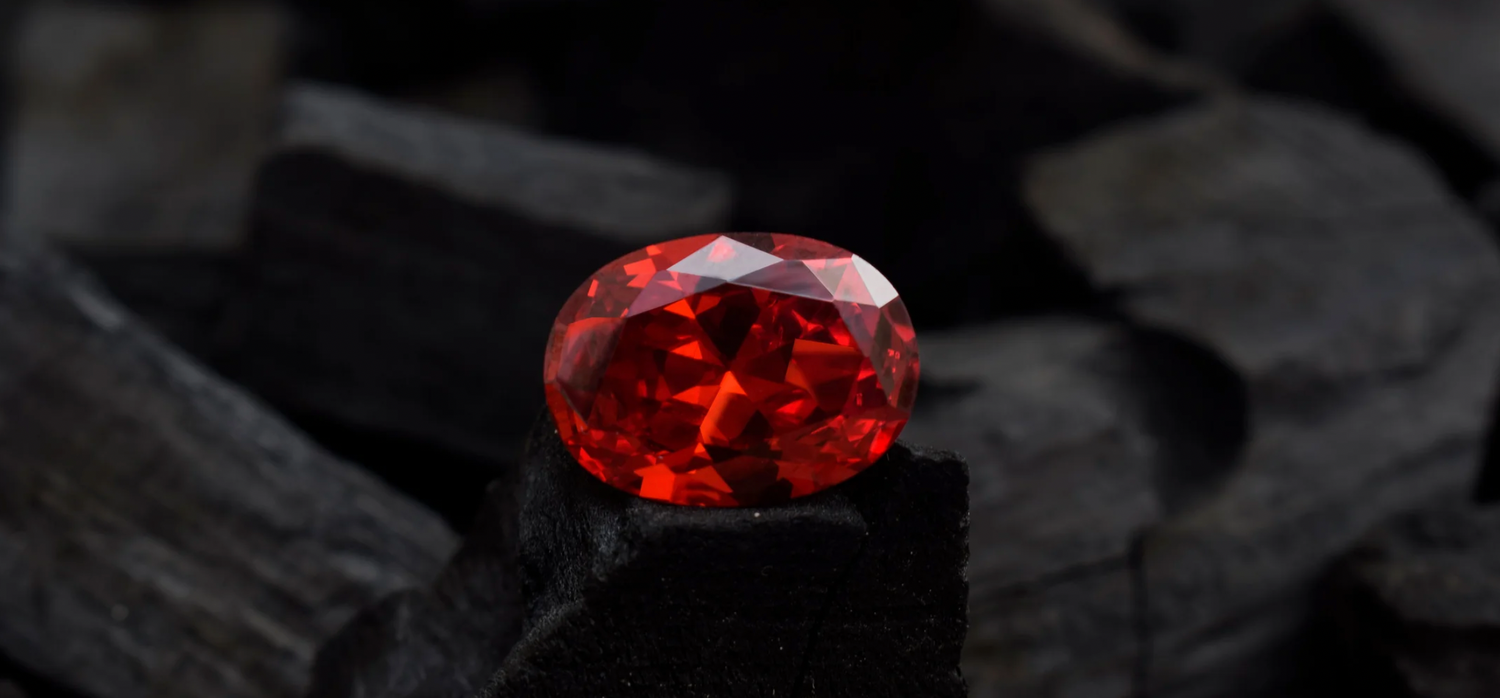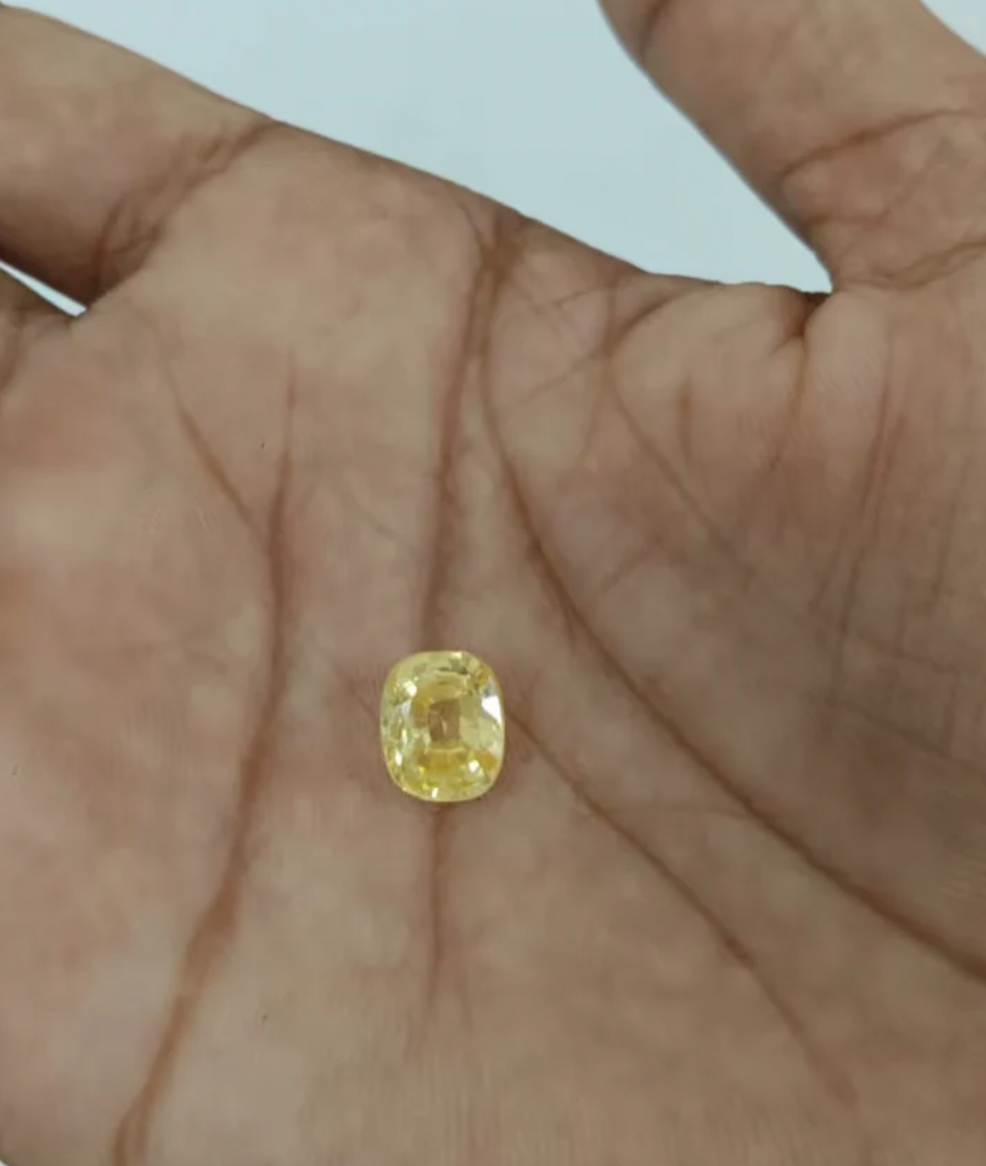The value of a blue sapphire gemstone (Neelam nag) is determined by several key factors, each contributing to the overall desirability and market price of the gemstone. Here are the primary factors that determine the value of a blue sapphire:
1. Color
- Hue: The most valuable blue sapphires exhibit a pure, rich blue color. Sapphires with a slightly violet or green secondary hue are less valuable.
- Tone: The tone refers to the lightness or darkness of the color. The most prized sapphires have a medium to medium-dark tone, providing a vivid and intense color without being too dark or too light.
- Saturation: High saturation, which indicates a vivid and intense color without any gray or brown tones, significantly increases the value of a blue sapphire.
2. Clarity
- Inclusions: The presence and visibility of inclusions affect a blue sapphire's value. Eye-clean blue sapphires, those with no inclusions visible to the naked eye, are more valuable.
- Type and Location of Inclusions: Inclusions that are less noticeable or positioned in such a way that they do not detract from the stone’s appearance are less impactful on value. Some inclusions, like silk, can actually enhance the gemstone's value by producing a desirable velvety appearance.
3. Cut
- Quality of Cut: The cut quality affects the stone’s brilliance and overall appearance. A well-cut sapphire will reflect light evenly across the surface without significant dark areas.
- Shape: While round and oval cuts are common, unique shapes like cushions, emerald cuts, or other fancy shapes may command a premium if well-executed.
4. Carat Weight
- Size: Larger blue sapphires are exponentially rarer and more valuable. A larger stone with good color and clarity will be worth significantly more than smaller stones of similar quality.
5. Origin
-
Geographical Origin: Sapphires from certain locations are more prized due to their historical significance and unique characteristics. For example:
- Kashmir Blue Sapphire (Neelam nag): Known for their velvety, cornflower blue color and high transparency.
- Burma (Myanmar) Blue Sapphire (Neelam nag): Known for their rich, royal blue color.
- Sri Lanka (Ceylon) Blue Sapphire (Neelam nag): Known for a wide range of blue hues, often with a lighter, vibrant tone.
- Madagascar Blue Sapphire (Neelam nag): Producing high-quality sapphires, often comparable to those from Sri Lanka.
6. Treatment
- Untreated Blue Sapphires: Natural, untreated sapphires are more valuable than treated ones.
- Heat Treatment: While commonly accepted in the market to enhance color and clarity, treated sapphires are generally less valuable than untreated stones of the same quality.
- Other Treatments: Treatments such as diffusion or fracture filling can significantly reduce the value of a sapphire compared to untreated or even heat-treated stones.
For more information about Vedic Crystals and our range of gemstones and rudraksha beads, visit Vedic Crystals website or contact us at contactus@vediccrystals.com/ +91-9811809967 (Whatsapp).
Also if you found this article useful , please share it with someone who might need it.
Moreover, in case you want a additional 5% discount coupon on our entire range of gemstones and Rudraksha : Please comment "Interested" below.











